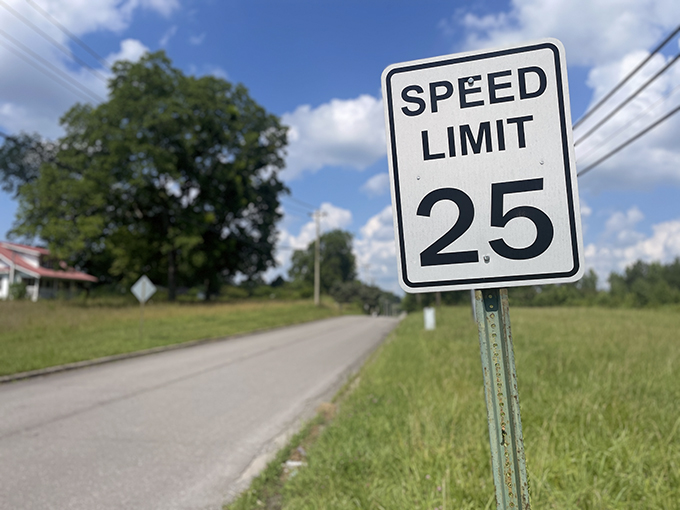Doctors’ body language may convey racial bias
Published 7:15 am Sunday, January 10, 2016

- Doctor with medical card
Doctors give less compassionate nonverbal cues when they treat seriously ill black patients compared to whites, according to a recent trial at the University of Pittsburgh School of Medicine.
The disparity may lead seriously ill, hospitalized black patients to opt much more frequently for extraordinary, life-prolonging treatments and to report worse communication with their physicians, accord to the finding, published in the January issue of The Journal of Pain and Symptom Management.
Most people don’t want to die in the hospital; they prefer comfort in their last days to aggressive treatment in the intensive care unit. However, black patients are far more likely than their white counterparts to die in the ICU seeking aggressive treatments.
“When you survey people in the community about their feelings on end-of-life care, blacks are only slightly more likely than whites to say they want aggressive, life-sustaining measures when terminally ill,” said Amber Barnato, M.D., M.P.H., associate professor of clinical and translational medicine at the University of Pittsburgh School of Medicine. “However, blacks are much more likely than whites to request such care when they are faced with making the decision in the hospital.”
One of the causes of this disparity is likely the differences in communication between doctors and patients of different races.
The study found that physicians give less sympathetic nonverbal cues to black patients and their families than to white ones.
The Dr. Barnato and her team recruited 33 physicians who were unaware of what was being studied and put them in two realistic simulations in which actors portrayed dying patients and family members. Everything about the simulations was the same, from the medical cases to the scripts the actors used. The only difference between the two simulations was the race of the actors.
The doctors in the study were more likely to display sympathetic nonverbal cues, such as standing close to the patient in bed, when speaking to the white actors.
“Although we found that physicians said the same things to their black and white patients, communication is not just the spoken word. It also involves nonverbal cues, such as eye contact, body positioning and touch,” said Dr. Barnato. “Poor nonverbal communication – something the physician may not even be aware he or she is doing – could explain why many black patients perceive discrimination in the healthcare setting.”
This discrimination can affect decision making, especially in end-of-life cases where the patient and their family already feel emotionally vulnerable. If behavior is perceived to be less sympathetic, patients and their families are less likely to trust the doctor and take their advice.
“Body language is a significant tool in building trust – or mistrust – and physicians need to ensure that their body language isn’t contributing to that decision,” said Dr. Barnato. “To help black patients and their families feel welcome and encouraged to be partners in medical decision-making, it is critical that doctors be aware of their verbal and nonverbal communication and any unintentional biases.”





